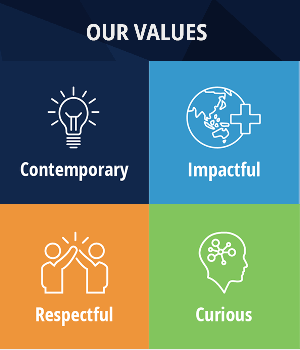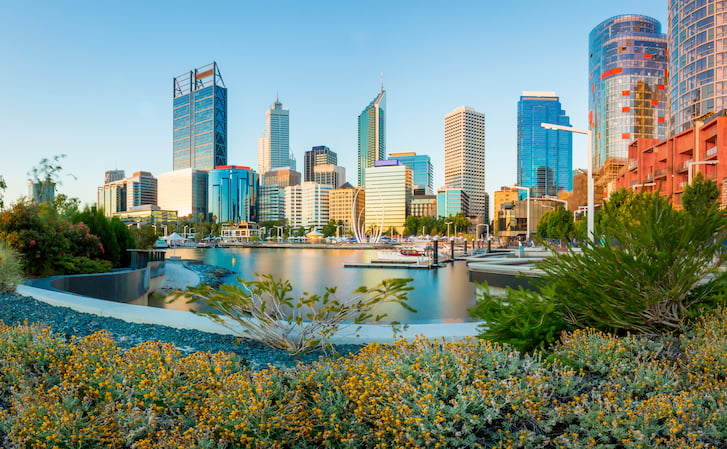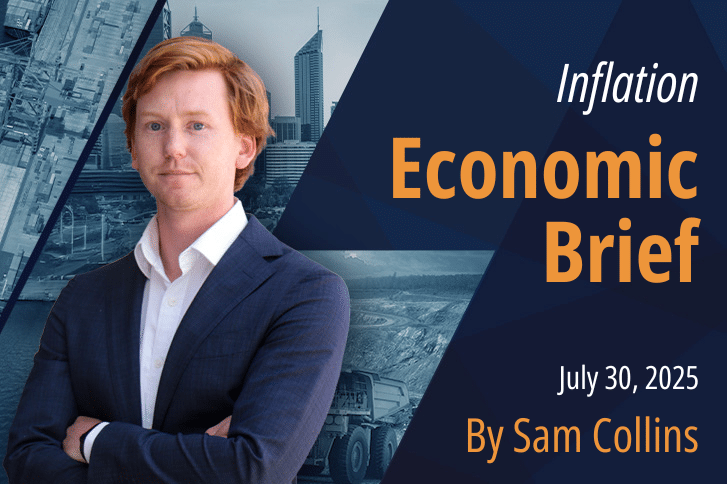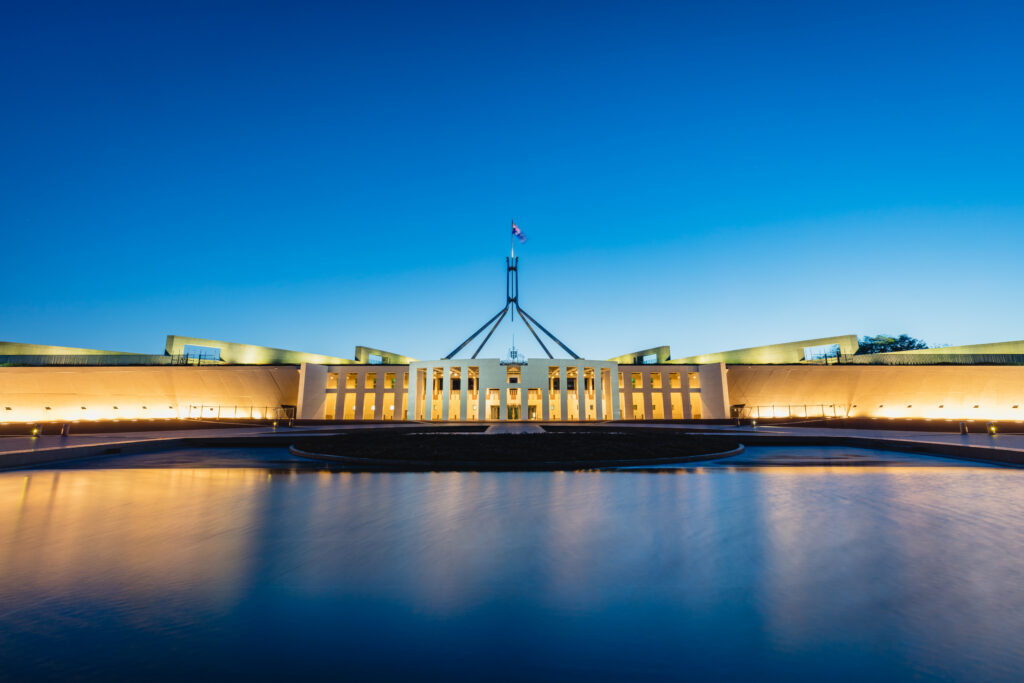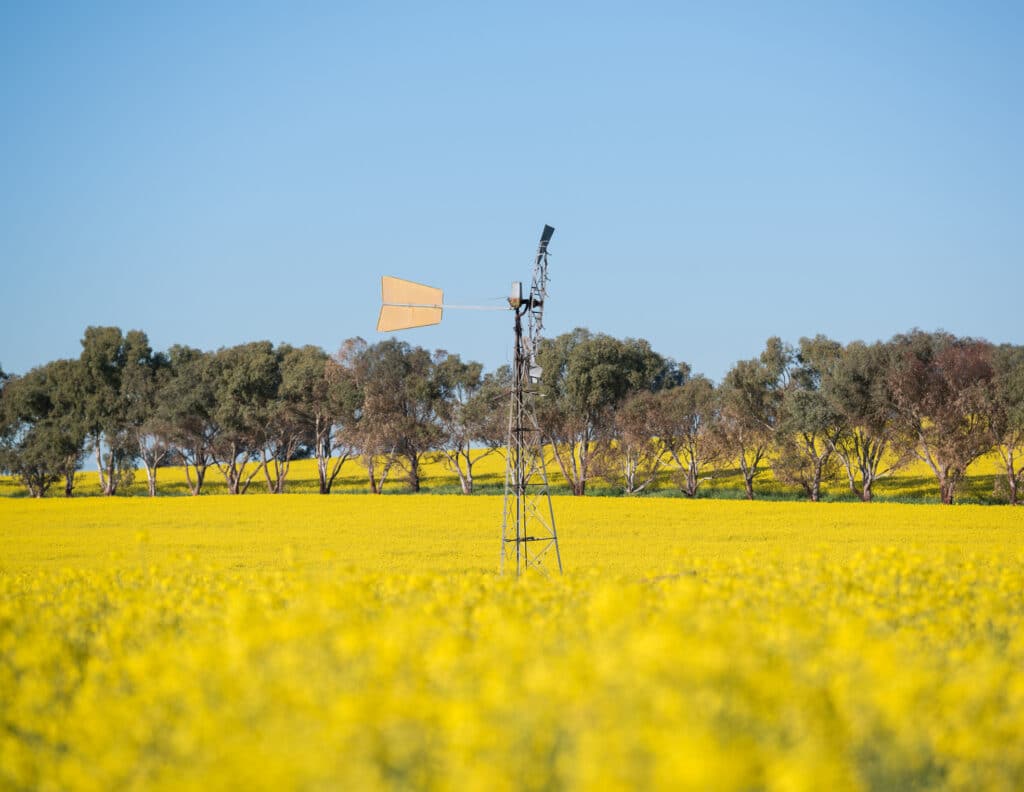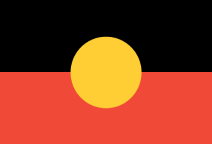Bilateral trade and investment with Southeast Asia are set to strengthen with the Federal Government committing $95.4 million to the cause.
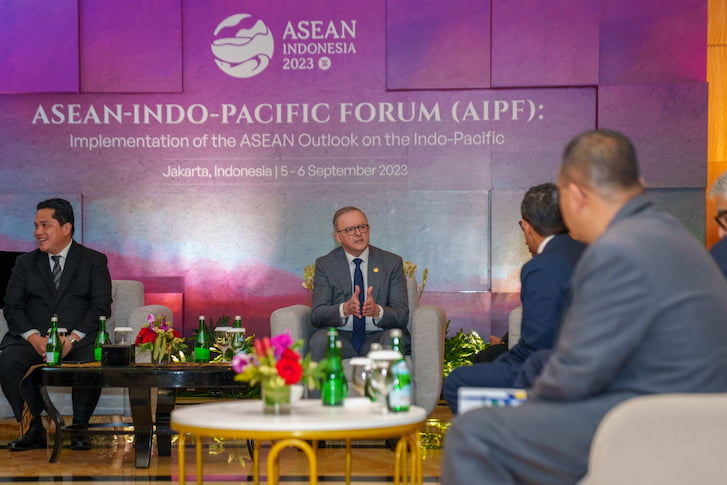
Australian Prime Minister Anthony Albanese at the ASEAN Business and Investment Summit in Jakarta, Indonesia. Source: Anthony Albanese, LinkedIn.
The Government launched Invested: Australia’s Southeast Asia Economic Strategy to 2024 on 6 September, announcing three key investment initiatives to invest in Australia’s economic future over four years:
- Investment deal teams ($70.2m) will be based in the ASEAN region and will work with Australian investors, Southeast Asian businesses and governments to identify and facilitate investment opportunities.
- Southeast Asia Business Exchange ($19.2m) to boost two-way trade and support Australian exporters to enter, compete and grow in the fast-growing markets of Southeast Asia. This will include a trade and investment campaign to promote opportunities in Southeast Asian markets to Australian business and consumers.
- Placements and Internships Pilot Program for Young Professionals ($6m) which will help build enduring links between Australian and Southeast Asian businesses.
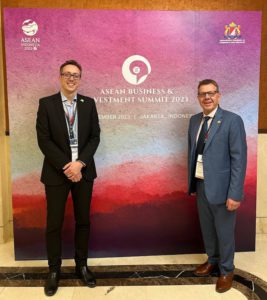
L-R: CCIWA’s Chief Operating Officer Matt Golds and Head of International Trade and Investment Centre Michael Carter at the ASEAN Business and Investment Summit, as part of the Indonesia Connect Roadshow trade mission.
CCIWA’s Chief Operating Officer Matt Golds, who recently participated in the WA Government’s Indonesia Connect Roadshow trade mission, says the strategy aligns with WA Investments, a collaboration between CCIWA and the WA Government’s Invest and Trade, which showcases investment-ready projects on the global stage.
“WA Investments will support the Government’s strategic delivery of trade and investment initiatives in our State, making WA an ideal destination to do business,” he says.
“WA Investments currently showcases 54 projects across WA and priority industries identified in the Government’s strategy, with a combined value of more than $8 billion.
“Our economy is underpinned by strong trade relationships and investment activity, and this strategy will help industry maximise opportunities with Southeast Asia.”
Prime Minister Anthony Albanese says the strategy is Australia’s most significant ASEAN economic engagement upgrade in a generation.
“In 2022, ASEAN accounted for nearly 15% of Australia’s overall trade – greater than our two-way trade with Japan and the US,” he says.
“Southeast Asia’s fast-growing economies present a major opportunity for Australian business, but we haven’t kept pace with their exponential growth.
“Our economic future lies with Southeast Asia. This strategy outlines how we can harness this growth and seize the vast trade and investment opportunities our region presents.”
The strategy identifies 10 priority sectors:
Agriculture and food
ASEAN’s growing population, rapid urbanisation and improving standard of living is leading to greater food demand and security. Australia, already a key exporter of the regions’ food products, is well-positioned to service this demand.
Resources
Over the past 20 years Southeast Asia’s energy demand has risen 3% per year and is expected to double 2020 levels by 2050. As the region transitions to renewable energy, demand for critical minerals and mining equipment, technology and services pose major opportunities for Australian exporters.
Green energy transition
Australia has the expertise and technology to assist Southeast Asia with its transition needs, and there is also scope to attract investment to support Australia’s clean energy manufacturing objectives. Diverse and resilient energy supply chains will be critical, and there is potential to collaborate on solar, electric vehicles and battery storage supply chains.
Infrastructure
Urbanisation, climate change and digitalisation are driving current and future infrastructure needs in Southeast Asia. Australia’s deep sectoral expertise is an opportunity to capitalise on the need for investment in the region’s infrastructure.
Education and skills
Strong demand for education services in ASEAN is driven by a burgeoning middle-class and evolving workforce, creating opportunities for Australian educators. Continued investment in Australia’s education sector and scholarships will help encourage economic and people-to-people connections.
Visitor economy
By 2024, about 181 million Southeast Asians are predicted to travel overseas, up from 40.69 million in 2022. Increased two-way tourism can be facilitated by continued investment in marketing, aviation connectivity, infrastructure, visas processing and training.
Healthcare
Similar to Australia, Southeast Asia’s population is ageing and demand for healthcare is increasing. This is leading to more demand for skilled workers, pharmaceuticals and health infrastructure investment.
Digital economy
The region’s growing pool of tech talent, booming digital economy (worth at least US$200 billion in 2022) and an increasing number of tech start-ups (77% rise from 2018 to 2021) are driving significant investor interest. This represents a strong proposition for Australian businesses and clear opportunities for bilateral investment.
Professional and financial services
Southeast Asia’s professional services sector is growing, reflecting rising populations, increasing economic strength and more trade and investment. Professional services between Australia and ASEAN are expanding and are an important factor of smooth bilateral trade and investment.
Creative industries
Australia and Southeast Asia have strong diversity in creative activities and growing consumer bases. Creative industries can play an important role in two-way cultural exchange and supporting people-to-people links, and there is potential for more engagement.
CCIWA’s International Trade Services team helps businesses reduce the time, cost and risk of going global. Contact the team for a free consultation on (08) 9365 7620 or via [email protected].




